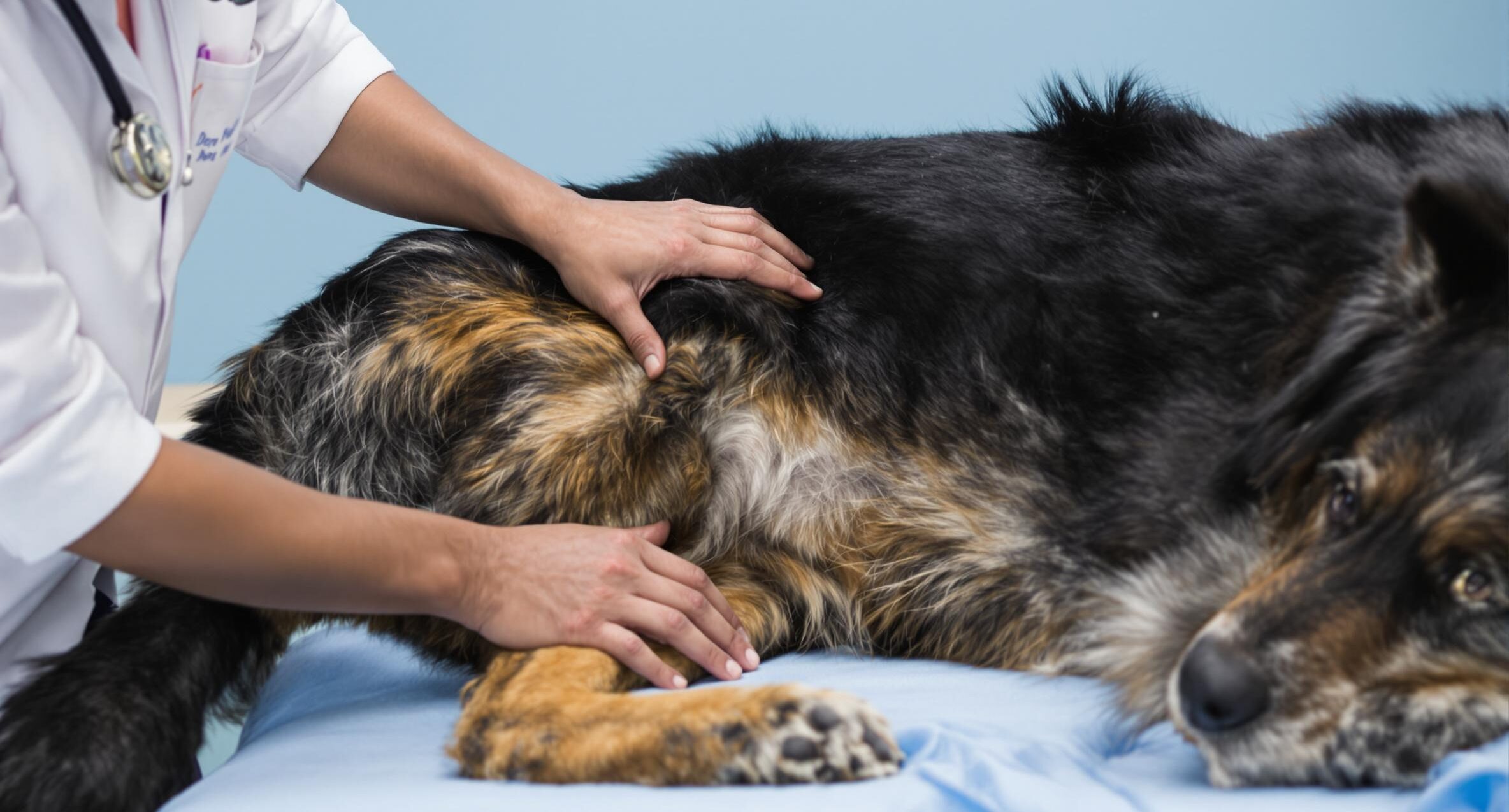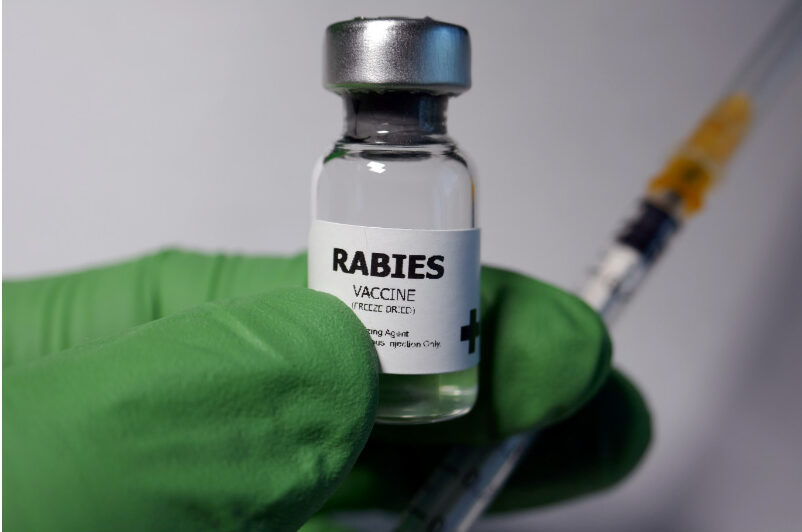Diarrhea Symptoms in Dogs

What are the symptoms of diarrhea in dogs and cats?
Your pet’s stools should be firm and formed. When your pet has diarrhea, the stools are loose because of excess water in the feces. If your pet has diarrhea, he or she may not be able to control it, and accidents may occur in your home.
Under normal conditions, your adult pet defecates once a day if he or she is fed once a day, and twice a day if fed twice a day. When diarrhea symptoms are present, your pet will have to relieve himself or herself more often, and with urgency. If your pet has diarrhea, you may also notice the following symptoms:
- Soft, watery stools
- Flatulence
- Abdominal pain
- Weight loss
- Malodorous feces
- Sore rectal area
- Matted hair under tail
- Chronic skin disease
Diagnosis of diarrhea in dogs and cats
Over a hundred factors cause diarrhea in pets, and it can be difficult to determine which factor is causing the problem. Among the tests used to find the cause of diarrhea in pets are: fecal tests, blood tests, X-rays, barium X-rays, and abdominal ultrasounds.
Tests used to diagnose diarrhea in pets
Fecal tests Fecal tests identify worms and bacteria that cause diarrhea. There are several types of fecal tests: direct smear, fecal float, Baermann test, and fecal culture. Even with painstaking tests, not all parasite eggs are found. The latest research suggests 75% of negative fecal samples sent to university pathology labs contained parasites. Thus, your veterinarian may recommend medications for parasites although none were identified on the clinic tests.
Blood tests Blood tests indicate anemia, which suggests parvovirus, whipworms, or hookworms. Blood tests can show white blood cell changes, which occur with parasites, allergies, and infections. If your pet’s diarrhea has been ongoing, blood tests may show a loss of proteins, such as albumen; or they may show abnormal cobalamin and folate vitamin levels.
X-rays X-rays can reveal swallowed tennis balls, socks, and other foreign bodies. X-rays can show if the intestine has rolled back upon itself (intussusception), which is common in puppies and kittens. With X-rays, it is possible to gauge the thickness of the intestinal wall, which is often thickened in allergic diseases or cancer. Mass within or outside the intestines can be visualized.
Barium X-rays Barium X-rays reveal what cannot be seen with normal X-rays, and they have the added advantage of being soothing so that the intestines heal more rapidly.
Abdominal ultrasounds Abdominal ultrasounds can reveal masses, blood vessels, cysts, and many soft tissue problems not visible with an X-ray.





